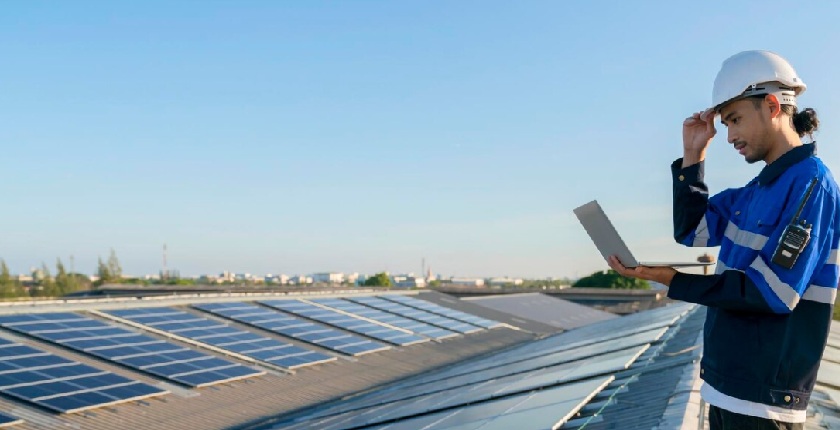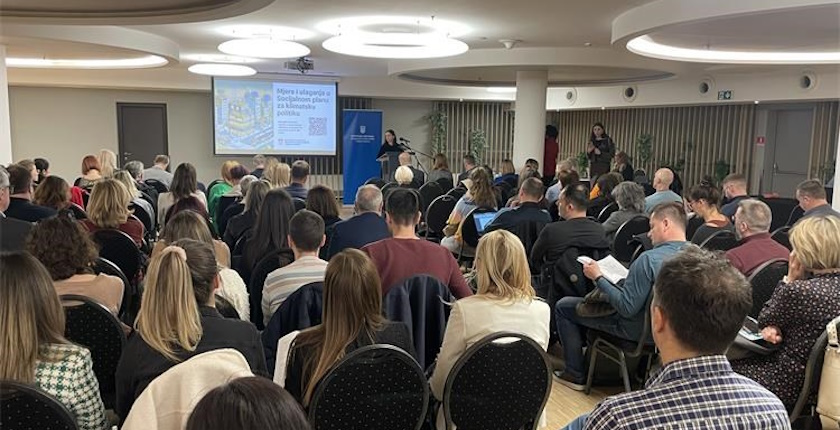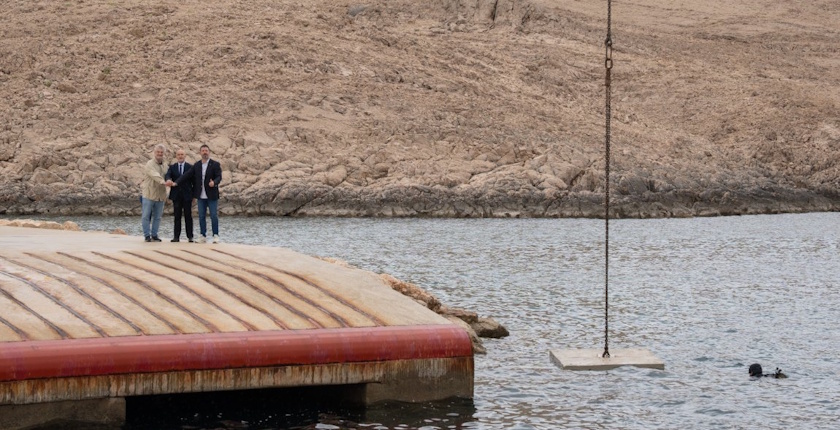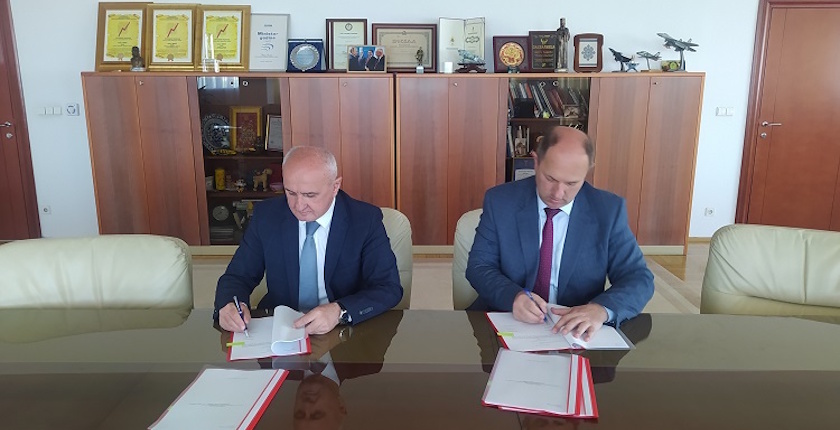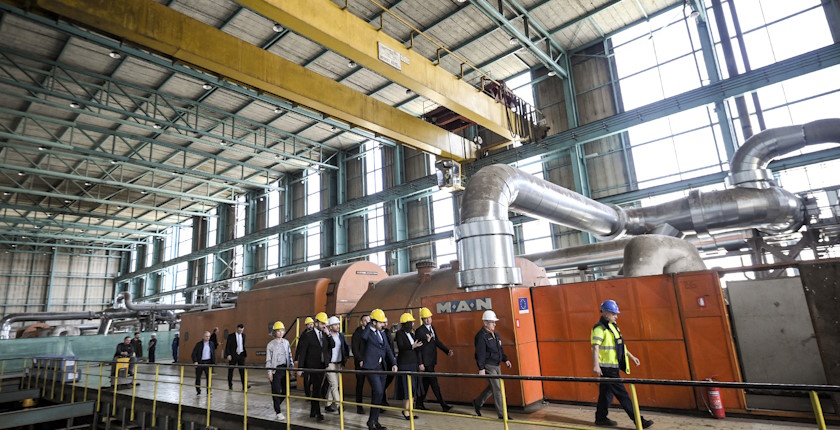
Kosovo* launches reconstruction of coal power plant unit
Kosovo Energy Corp. (KEK) began the reconstruction and modernization of one of the two units in its Kosovo B coal power plant. The works are part of a EUR 56.5 million project for the entire facility.
Kosovo* relies almost entirely on lignite in domestic electricity production, with a 92% share, the highest in the world. The failure of a gas pipeline project in 2021 and the sluggish development of wind and solar power projects have prompted the reconstruction of both old coal plants.
The works have officially started at last at Kosovo B, two years after government-owned power utility KEK signed a contract with General Electric. The entire project is worth EUR 56.5 million. Acting Prime Minister Albin Kurti said the company is financing the investment on its own.
The B2 unit, commissioned in 1984, is undergoing modernization and B1 is supposed to be next. It is one year older.
Investment cutting pollutant emmissions by 60%
The government said the project would increase annual output at Kosovo B by more than 600 GWh. According to the energy strategy through 2031, the two units had 260 MW each in effective capacity in 2022. It compares to 339 MW from when they were built.
Acting Minister of Economy Artane Rizvanolli said the coal plant’s operating life would be extended by 20 years. The plan is to cut the emissions of particulate matter and nitrogen oxides by 60%.
Capital repairs will be required once every ten years instead of every five years now, she underscored. Rizvanolli claimed the investment would cut power imports by EUR 23 million per year and boost exports by a minimum of EUR 20 million.
Budget much higher for reconstruction of one unit in Kosovo A coal plant
In February, KEK issued a call for the reconstruction of the Kosovo A3. The coal plant unit is 55 years old. The project is worth EUR 137.3 million.
The capacity would be raised to 215 MW from the current range of 120 MW to 140 MW. A3 originally had 200 MW.

